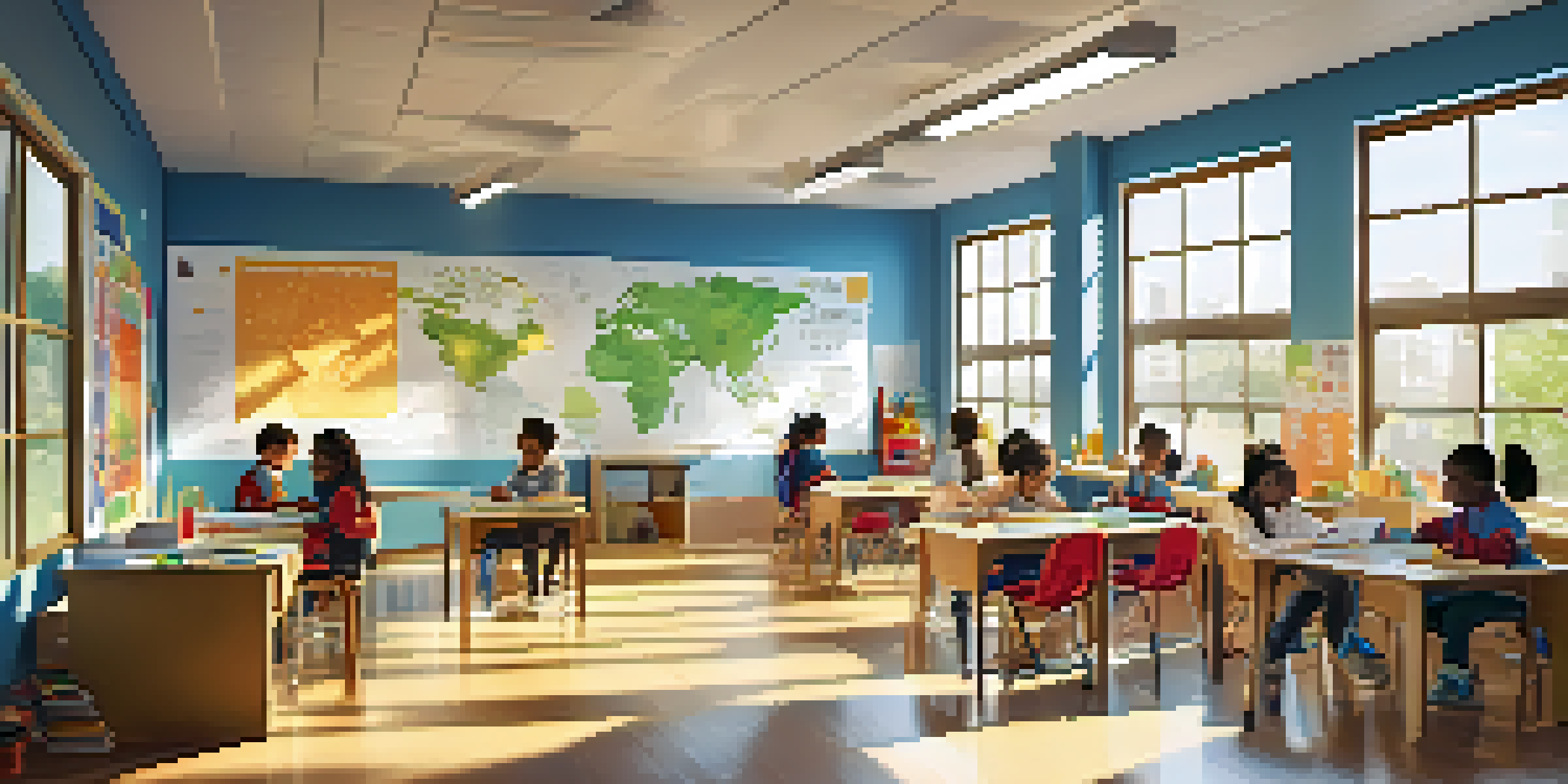Understanding the Learner Journey in Experience Design

What is Experience Design in Learning?
Experience design in learning involves creating engaging and effective learning experiences that resonate with learners. It focuses on understanding how learners interact with content and the environment around them. By considering the emotions and motivations of learners, designers can craft experiences that facilitate better understanding and retention of information.
The Importance of the Learner Journey
The learner journey refers to the path a learner takes from the onset of their educational experience to its conclusion. Understanding this journey is crucial because it helps educators and designers identify pain points and opportunities for improvement. By mapping out this journey, we can create more tailored experiences that better meet the needs of diverse learners.
Stages of the Learner Journey
The learner journey can typically be broken down into several key stages: awareness, engagement, and mastery. Each stage presents unique challenges and learning opportunities. By recognizing these stages, experience designers can develop targeted strategies that guide learners smoothly from one phase to the next, ensuring a cohesive learning experience.
Understanding Learner Needs and Preferences
To effectively design experiences, it's essential to understand the needs and preferences of learners. This can include conducting surveys, interviews, or focus groups to gather insights. By tapping into what learners want and need, designers can create experiences that are not only engaging but also relevant and impactful.
Creating Engaging Learning Environments
An engaging learning environment is one that captures learners' attention and encourages participation. This can be achieved through interactive elements, such as group discussions or hands-on activities. By incorporating various modalities of learning—visual, auditory, and kinesthetic—designers can cater to different learning styles and enhance overall engagement.
Using Feedback to Enhance the Journey
Feedback is a vital component of the learner journey, providing insight into what works and what doesn't. Regularly collecting feedback from learners allows designers to make iterative improvements to the learning experience. This ongoing dialogue ensures that the experience remains relevant and effective, continuously evolving to meet learners' needs.
Measuring Success in Experience Design
Measuring success in experience design involves evaluating the effectiveness of the learning experience. Metrics can include learner satisfaction, knowledge retention, and application of skills in real-world scenarios. By establishing clear goals and using data to assess outcomes, designers can refine their approaches and enhance future learning experiences.
The Future of Learner Journeys in Experience Design
As technology evolves, so too does the potential for enhancing the learner journey. Innovations like virtual reality and AI-driven personalized learning experiences are shaping the future of experience design. Embracing these technologies can provide even more opportunities to create engaging, effective, and personalized learning experiences for all types of learners.